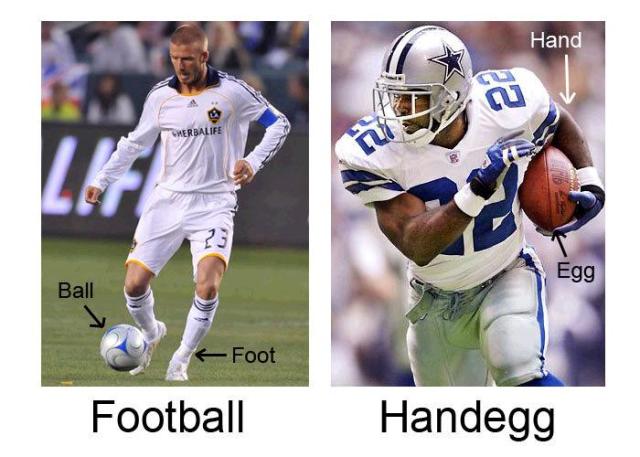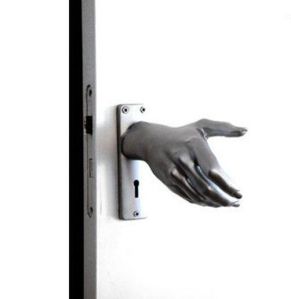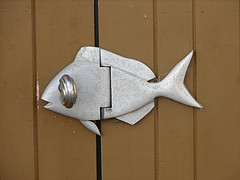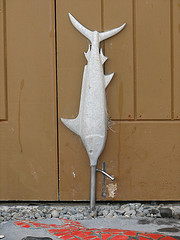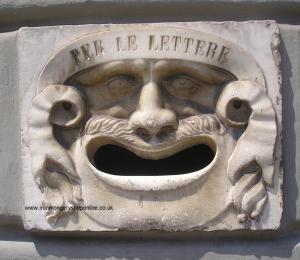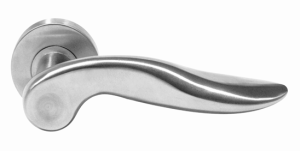Hi, welcome to ‘An A to Z of SEO’ where we will explain in easy steps all the things you simply have to know if you want to successfully optimize a website. We know we are not perfect and are open to any and all comments, but please keep them polite and relevent
A is for…
Algorithm
An algorithm is a set of finite steps for solving a mathematical problem. Each Search Engine, Google, Yahoo, Bing etc, uses its own proprietary algorithm set to calculate the relevance of its indexed web pages to your particular Search Query. The result of this process is a list of sites ranked in the order that the search engine deemed most relevant. Search engine algorithms are closely guarded secrets in order to prevent exploitation of algorithmic results and are also changed frequently to incorporate new data and improve relevancy.
Algorithmic Results
Algorithmic results are the ranked listings search engines provide in response to a Search Query, using the search engines algorithms. They are often referred to as Organic Listings, as opposed to Paid Listings, because their rank is based purely on relevancy according to the search engines algorithm rather than advertising revenue paid to the search engine. Paid and Sponsored listings do appear alongside algorithmic results in many search engines, provided they are relevant. Improving a website’s unpaid algorithmic results is known as Natural Search Engine Optimization and should be what good SEO is designed to achieve.
Alt Tag/Alt Text
An alt tag is the HTML text that appears while an image is loading or when a cursor is positioned over an image. Alt text is useful in Search Engine Optimization because it can include, and indeed should include, keywords that a search engine looks for in response to a query, which should help your site in gaining brownie points with the search engines.
Analytics
Analytics refers to all the technology, programming, and data used in Search Engine Marketing to analyze a website’s performance or the success of an Internet marketing campaign. If you haven’t already got an analytics program for your site, get one now they are an absolute ‘must have’ for any SEO plan.
Anchor Text
Also known as link text. Anchor text is the visible, clickable text between the HTML anchor and tags. Clicking on anchor text activates a Hyperlink to another web site. Anchor text is very important in Search Engine Optimization because search engine algorithms consider the Hyperlink keywords as relevant to the Landing Page. Try to make sure your anchor text utilises keywords, don’t use phrases like ‘click here for more info’ if you can avoid it.
B is for…
Backlinks
Also known as back links, backward link, or inbound links, backlinks are all of the links on other websites that direct the users who click on them to your site. Backlinks can significantly improve your site’s search rankings since the search engines assume that if lots of sites show links to your site then your site must be useful. This is especially true if the backlinks contain Anchor Text keywords relevant to your site and are located on sites with high Page Rank.
Banned
Also known as delisted or blacklisted, a banned site is a URL that has been removed from a search engine’s Index, typically for engaging in Black Hat SEO. Banned sites are ignored by search engines. If you are thinking of employing an outside SEO to improve your ranking you need to check them out to ensure they do not use Black Hat or any dubious techniques as it is your site that will get banned.
Banner Ad
A banner ad is a rectangular graphic advertisement, usually placed at either the top or the bottom of a webpage. Banner ads are one of the commonest forms of online paid advertising. Most measure 468 pixels wide by 60 pixels high. Clicking on a banner ad will direct you to the advertiser’s website or a designated Landing Page.
Black Hat SEO
Black hat SEO is the term used for unethical or deceptive optimization techniques. This includes Spam, Cloaking, or violating search engine rules in any way. If a search engine discovers a site engaging in black hat SEO it will remove that site from its Index, even if you were totally unaware of the methods they used on your site.
Blacklisted
Also known as banned or delisted, a blacklisted site is a URL that has been removed from a search engine’s Index, typically for engaging in Black Hat SEO. Blacklisted sites are ignored by search engines.
Broken Link
Also known as a dead link, a broken link is a link that no longer points to an active destination or Landing Page. This often happens quite innocently, for instance if you redesign a site or individual pages. Search engines dislike broken links, and potential clients may find them frustrating. Keeping all of your site’s links active is an important part of ongoing optimization.
C is for…
Click Fraud
Click Fraud is the illegal practice of manipulating Cost-Per-Click (CPC) or Pay-Per-Click (PPC) revenue sharing agreements. There are many types of click fraud. Typically, the webmaster of a site that earns money from each click of the advertising links it publishes pays friends a small fee to click those links. Companies thus pay for advertising to clients who had no intention of buying from them. Some companies have filed class action lawsuits alleging that Google and Yahoo! have failed to aggressively confront click fraud because they benefit from increased CPC revenue, even if the companies dont.
Click-Through
Click-through is a single instance of a user clicking on an advertising link or site listing and moving to a Landing Page. A higher Click-Through Rate (CTR) is one of the primary goals of Search Engine Optimization.
Click-Through Rate (CTR)
Click-through rate is the % of users who click on an advertising link or search engine site listing out of the total number of people who see it, i.e. four click-throughs out of ten views is a 40% CTR, showing that 40% of viewers considered what they saw as interesting enough to warrant them looking further.
Cloaking
Cloaking is offering alternative website pages to a search engine Spider so that it will record different content for a URL than what a human browser would see. This is typically done to achieve a higher search engine position or to trick users into visiting a site. Cloaking is usually considered to be Black Hat SEO and the offending URL could be Blacklisted as the major search engines insist that all website pages should be designed to be read by humans. For example, keyword-rich text in the same colour as the background or in letters too small to be read. However, cloaking is sometimes used to deliver personalized content based on a browsers IP address and/or user-agent HTTP header. Such cloaking should only be practiced with a search engines knowledge or it could be construed as black hat cloaking.
Contextual Link Inventory (CLI)
CLI is generated based on listings of website pages with content that the ad-server deems a relevant keyword match and is used by search engines & advertising networks to match keyword-relevant text-link adverts to site content. Ad networks refine CLI relevancy by monitoring the Click-Through Rate of the displayed ads.
Conversion
Conversion is the term used for any significant action a user takes while visiting a site, i.e. making a purchase, requesting information, or registering for an account. Website owners can set their own Conversion Goals in their analytics programs.
Conversion Analytics
Conversion analytics is a branch of Analytics concerned specifically with conversion-related information from organic and/or paid search engine traffic, such as the keywords converts used in their queries, the type of conversion that resulted, landing page paths, search engine used, etc.
Conversion Rate
Conversion rate is the next step up from Click-Through Rate. Its the percentage of all site visitors who convert (make a purchase, register, request information, etc
Cost-Per-Acquisition (CPA)
Cost-per-acquisition (CPA) is a return on investment model in which return is measured by dividing total click/marketing costs by the number of Conversions achieved. Total acquisition costs divided by number of conversions equals CPA. CPA is also used as a synonym for Cost-Per-Action.
Cost-Per-Action (CPA)
In a cost-per-action advertising revenue system, advertisers are charged a Conversion-based fee, i.e. each time a user buys a product, opens an account, or requests a free trial. CPA is also known as cost-per-acquisition, though the term cost-per-acquisition can be confusing because it also refers to a return on investment model.
Cost-Per-Click (CPC)
Also known as pay-per-click or pay-for-performance, cost-per-click is an advertising revenue system used by search engines and ad networks in which advertising companies pay an agreed amount for each click of their ads. This Click-Through Rate-based payment structure is considered by some advertisers to be more cost-effective than the Cost-Per-Thousand payment structure, but it can at times lead to Click Fraud.
Cost-Per-Thousand (CPM)
Also known as cost-per-impression or CPM for cost-per-mille ( the Latin word for thousand), cost-per-thousand is an advertising revenue system used by search engines and ad networks in which advertising companies pay an agreed amount for every 1,000 users who see their ads, regardless of whether a click-through or conversion is achieved. CPM is typically used for Banner Ad sales, while Cost-Per-Click is typically used for text link advertising.
Crawler
Also known as a Spider or Robot, a crawler is a search engine program that crawls the web, collecting data, following links, making copies of new and updated sites, and storing URLs in the search engines Index. This allows search engines to provide faster and more up-to-date listings.
Coming soon – ‘D’, or if you can’t wait you can find the entire A to Z at Ironmongeryshoponline Product Help, Faq’s and SEO Assistance
